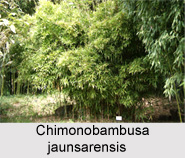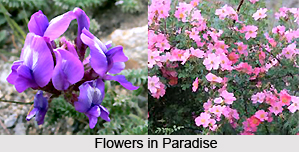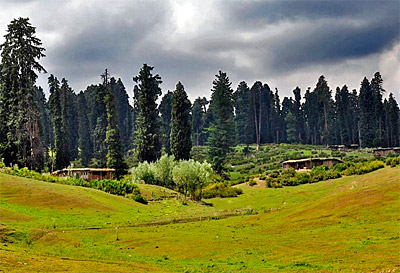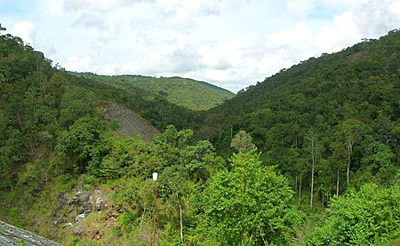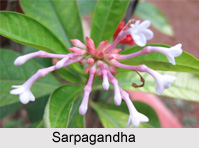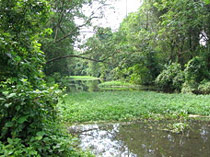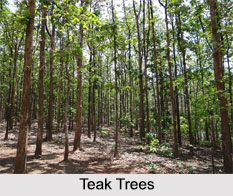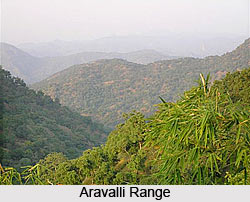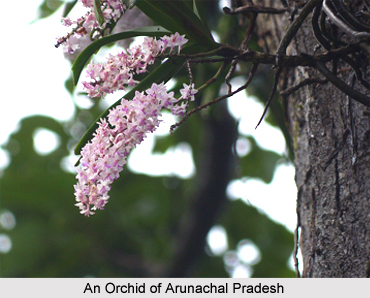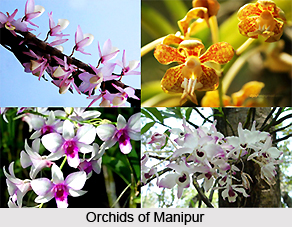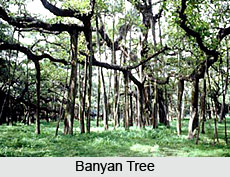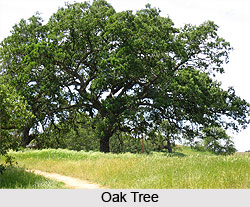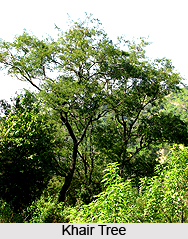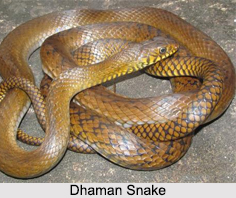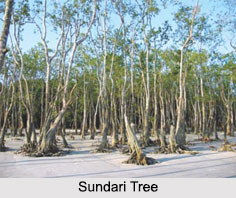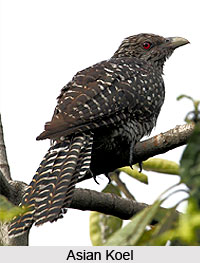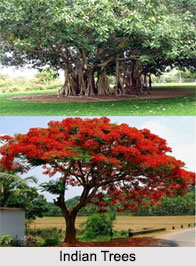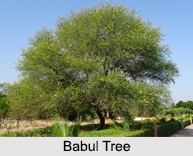Barachandrika, in Botany is known as Rauvolfia tetraphylla. This plant is known as having medicinal properties. Barachandrika, a Hindi name, is generally known as `Barachandar` in Bengali.
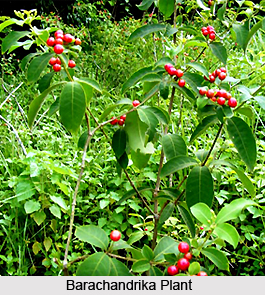 Though Barachandrika is hugely cultivated in India and its neighbouring countries, this Indian medicinal plant was originated in West Indies. In India this shrub is cultivated in gardens. In other states like Uttar Pradesh, West Bengal, Tamil Nadu and Kerala this plant is cultivated in profusion for its perspective usage. This plant has become naturalised in many localities and is found as a common weed in warm, moist habitats in the vicinity of coastal ports and around several other places in the country where it has been cultivated.
Though Barachandrika is hugely cultivated in India and its neighbouring countries, this Indian medicinal plant was originated in West Indies. In India this shrub is cultivated in gardens. In other states like Uttar Pradesh, West Bengal, Tamil Nadu and Kerala this plant is cultivated in profusion for its perspective usage. This plant has become naturalised in many localities and is found as a common weed in warm, moist habitats in the vicinity of coastal ports and around several other places in the country where it has been cultivated.
Barachandrika plant is a small, much-branched woody shrub that is 0.6 metre to 1.2 metre high. The leaves are whorled and ovate-elliptic. The flowers of this medicinal plant are greenish-white or creamy-white in colour and are in umbellate cymes. Fruits are ovoid, deep red or purple in colour when they get ripe. Seeds are oblong and rugose. Barachandrika begets flowers and fruits almost throughout the year. The fruits of Barachandrika are known to result in alimentary inflammation.
The roots of Barachandrika plants are hypotensive and often used as a substitute for and adulterant of Rauvolfia serpentine. This Indian medicinal plant can also prove to be fatal as it can cause mouth pain, haemorrhagic diarrhoea, weak but quickened and irregular pulse, intense thirst and dysuria and even death. However the medicinal usage of Barachandrika remains undeniable. An extract of the plant mixed with castor oil is prescribed as a liniment to treat certain chronic and refractory skin problems. Sometimes a decoction of Barachandrika bark is used as an external application for chronic skin diseases and to destroy parasites generally in the vicinity of West Indies.
This article is a stub. You can enrich by adding more information to it. Send your Write Up to content@indianetzone.com
